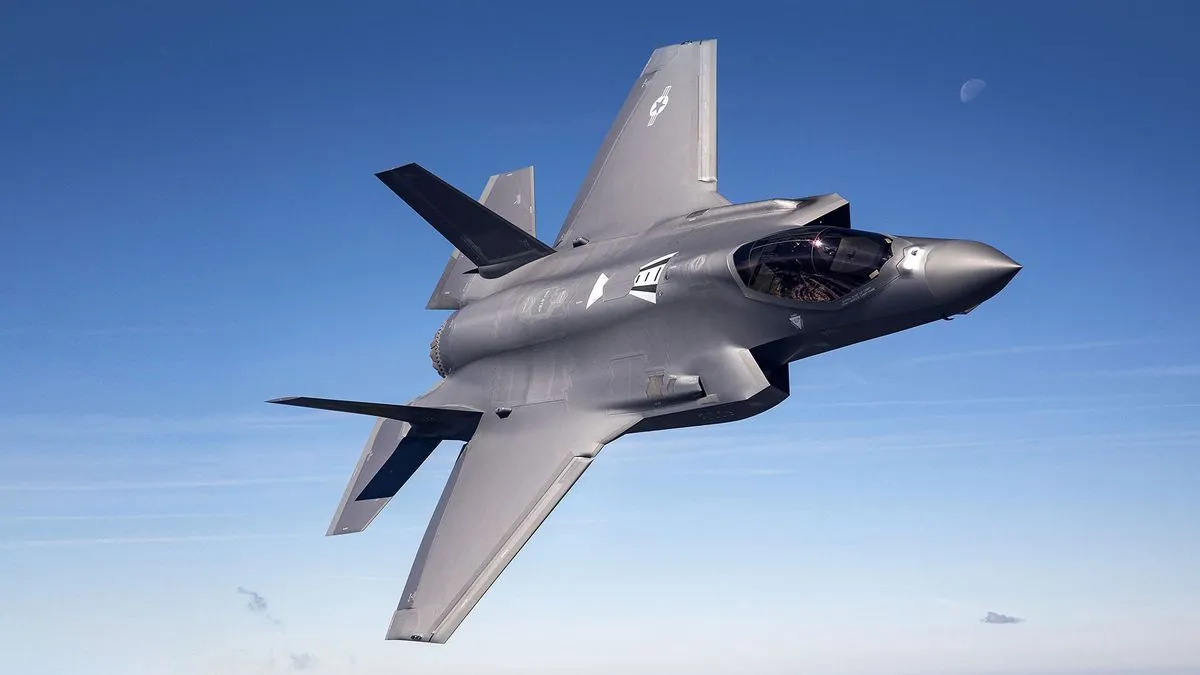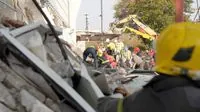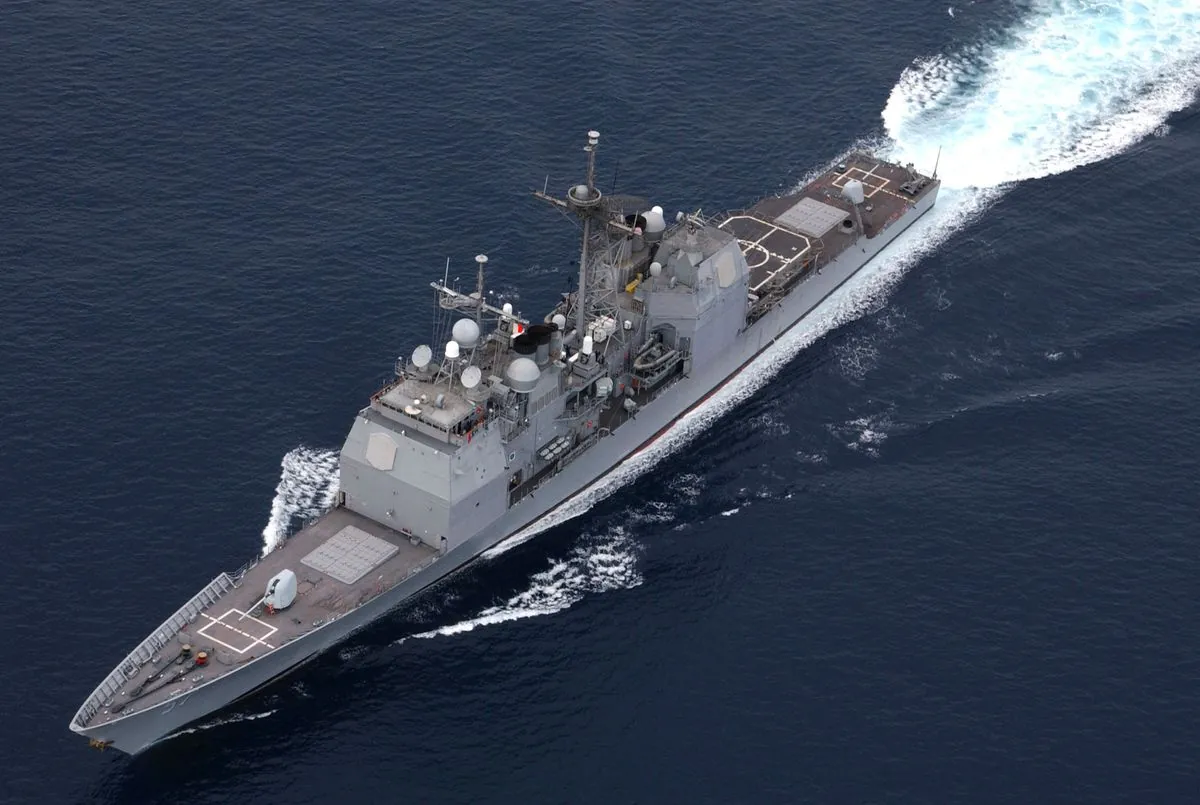Massive US-South Korea Air Drills Commence Amid Regional Tensions
Over 200 fighter jets from South Korea and the US begin intensive five-day drills. Part of annual Ulchi Freedom Shield exercises, the operation aims to enhance readiness against North Korean threats.

In a significant display of military cooperation, South Korea and the United States have initiated their largest-ever joint air force drills. The exercise, commencing on August 21, 2024, involves more than 200 fighter jets from both nations engaging in round-the-clock operations for five consecutive days.
This extensive aerial operation is a crucial component of the annual Ulchi Freedom Shield exercises, which are designed to bolster the combined defensive capabilities of the South Korean and U.S. forces against potential threats from North Korea. The drills, scheduled to conclude on August 29, 2024, encompass a wide range of simulated combat scenarios.

The air force drills feature a diverse array of training exercises, including defensive patrol flights that transition into simulated air combat scenarios. These scenarios involve mock enemy aircraft interdiction and cruise missile defense, providing valuable experience for pilots and support crews.
Participating in these exercises are aircraft from two U.S. fighter wings stationed in South Korea. This involvement underscores the longstanding military alliance between the two nations, which dates back to the mutual defense treaty signed in 1953. Currently, the United States maintains a force of 28,500 troops in South Korea as part of this strategic partnership.
"These provocative exercises are nothing but rehearsals for a nuclear war against our nation."
As expected, North Korea has vehemently denounced the Ulchi Freedom Shield exercises, characterizing them as provocations that escalate tensions on the Korean Peninsula. Pyongyang consistently views these annual drills as preparation for an invasion, despite assurances from Seoul and Washington that they are purely defensive in nature.
While North Korea attempts to modernize its air force, it faces significant challenges in acquiring and maintaining modern aircraft. The bulk of its air fleet consists of aging and obsolete combat aircraft, including some Soviet-era MiG fighters introduced in the 1950s. In contrast, South Korea operates approximately 600 advanced combat aircraft, including state-of-the-art F-35 Lightning II fighters.
In recent years, North Korea has shifted its focus towards enhancing its tactical warfare capabilities. This strategy involves the development of short-range missiles and heavy artillery systems designed to target South Korea. Simultaneously, Pyongyang has made substantial advancements in its long-range ballistic missile and nuclear programs, further complicating the regional security landscape.
The ongoing Ulchi Freedom Shield exercises, including these massive air drills, reflect the commitment of South Korea and the United States to maintain a strong deterrent against potential aggression. As tensions persist on the Korean Peninsula, these joint military activities continue to play a crucial role in regional security dynamics.


































